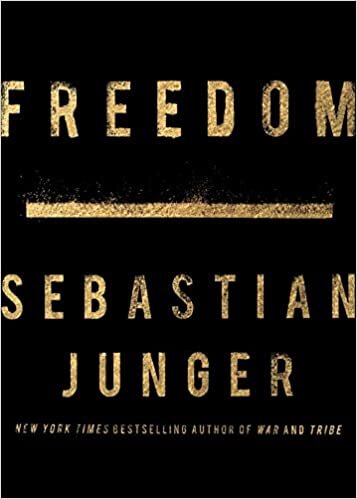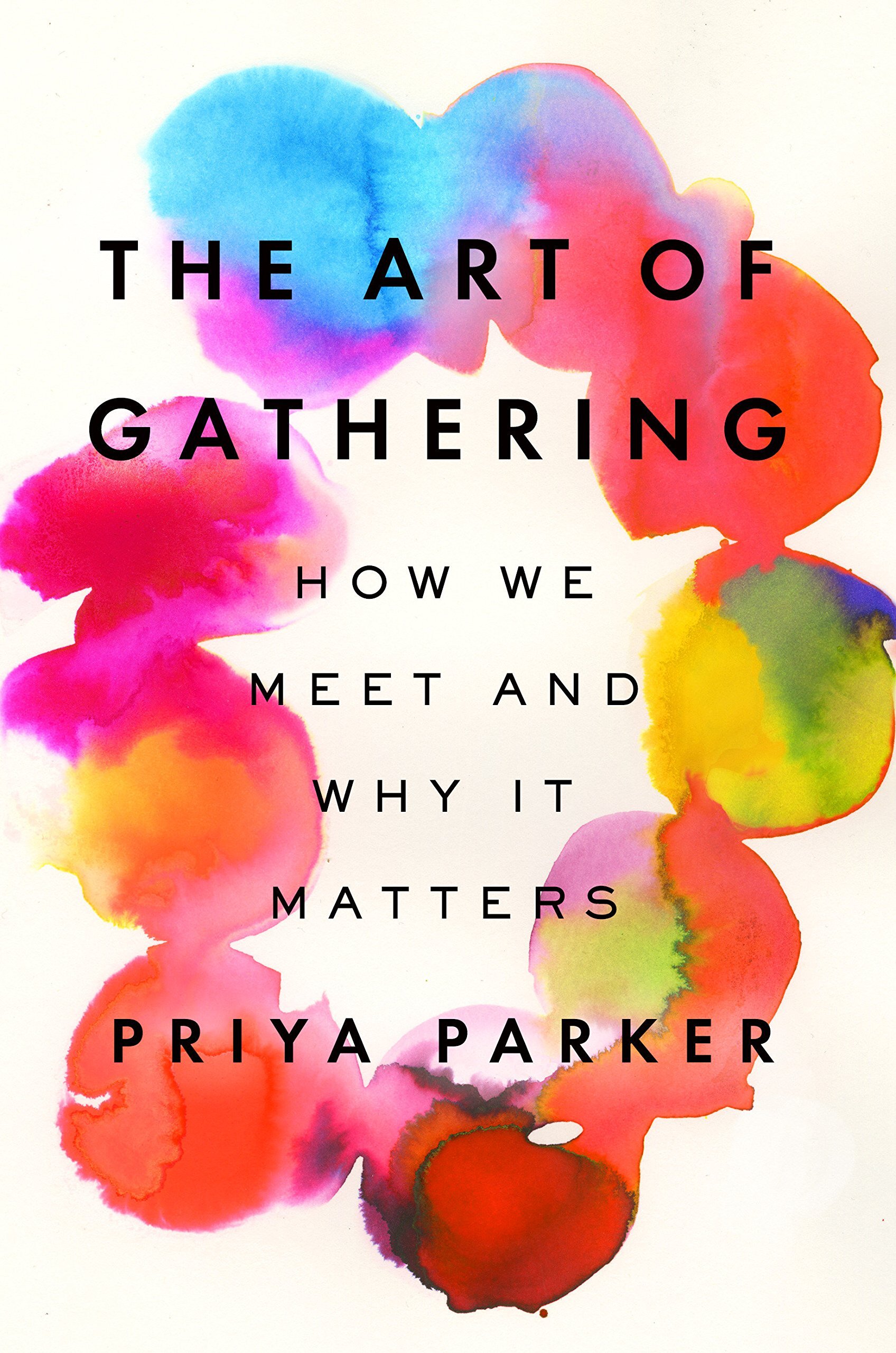The Art of Gathering – by Priya Parker
Date read: 12/14/19. Recommendation: 8/10.
At a glance, this looks like a book for event planners. But it’s more focused on the larger questions of how we meet and why it matters. It’s about being more purposeful in the ways we spend our time together. As someone who is completely inept and ignorant to the nuance of successful gatherings, this book was particularly insightful. While the most obvious benefit is helping you to coordinate more meaningful gatherings of friends and family, one of the less obvious benefits is in your work life. In product management, I’m gathering groups of people to reflect upon and solve challenging problems on a weekly basis in the form of design sprints, calibrations, standups, all hands, leadership updates, retrospectives, etc. The better I’m able to be at making sure this time is meaningful, the more engaged and committed the team will be. Parker gives great insight into how to make this happen.
See my notes below or Amazon for details and reviews.
My Notes:
Be purposeful:
The first step to bringing together people in a meaningful way is committing to a bold, sharp purpose.
“When you skip asking yourself what the purpose of your birthday party is in this specific year, for where you are at this present moment in your life, for example, you forsake an opportunity for your gathering to be a source of growth, support, guidance, and inspiration tailored to the time in which you and others find yourself.” PP
Ask yourself why and make sure it’s meaningful.
Birthday party…
Bad: To celebrate my birthday
Okay: To mark the year
Good: To surround myself with the people who bring out the best in me.
“Don’t be a chill host.” Be deliberate in your choices.
Refuse to be everything:
Your reason for gathering should take a stand, it can’t be everything for everyone. The best gatherings are willing to alienate some and ruffle a few feathers. The worst gatherings are sterile and safe.
Specificity matters in gatherings.
For example, the purpose of your wedding might be a ceremonial repayment to your parents. This will lead you to invite a totally different guest list that’s more catered to their needs. Whereas a wedding with the intent of molding a new couple with their tribe that they care about most will look totally different.
Use thoughtful exclusion: Over-inclusion signifies a confusion as to why you’re gathering. In attempting not to offend anyone, you compromise the entire gathering.
Everyone on a guest list should help fulfill the purpose of your gathering.
Environment:
Venues come with scripts—the environment should serve the purpose.
A venue can and should do one thing at the best gatherings…displace people. “Displacement is about breaking people out of their habits. It is about waking people up from the slumber of their own routines.” PP
Environmental design also matters. Make it easier for people to be inclusive and do the right thing. “Does open seating at a teachers conference help the three newcomers who end up sitting clumped together at the end of the table every time?”
Pregame:
90% of what makes a gathering successful is put in place beforehand. It doesn’t just happen.
The bigger the ask of your guests (travel, etc.), the more care, attention, and detail should be put into the pregame. You should begin to cultivate/prime the behaviors you want to see at the beginning. Try sending an article, a heartfelt note, or asking guests to participate in a discussion beforehand.
The spirit and expectations guests show up with sets the tone for the entire event.
Toasts Examples:
Priya was tasked with creating an intimate dinner at a networking event. Purpose was to get people to share authentically and connect. So instead of simply introducing the theme of a “good life,” they asked guests to give a toast about what a good life meant to them. The catch was that they had to start their toasts with a personal story or experience from their own life. And to make sure everyone was eager to participate, they would make the last person sing their toast. It would help set a good pace for the evening. Also, could not mention specific names if someone in your story was in the room (as to not alienate the group).
The key is to get people speaking in stories and experiences, not in abstract ideas.
At a family dinner with both sides of her family she tried a twist on the toast example above. Wanted it to be special so asked family members to share a story, moment, or experience for their life that changed the way they viewed the world. And most importantly, it had to be a story that no one else there knew.
Vulnerability:
Being vulnerable is the key to getting an audience to buy in and identify with you.
It’s always better to be authentic and nervous that shallow and overly rehearsed.
“A moment a story works is usually a moment of vulnerability.” George Dawes Green
Goal is to get people to reveal their real selves, not their best selves. To help facilitate this you can acknowledge people’s strengths up front. Relieves pressure that people feel to flex during an event. “You’re all here because you’re remarkable…we don’t want to hear about your resume or how great you are. We already know that.”
Facilitators set the depth of the group through the initial story they volunteer.
Ask or think about…
“What do you need to feel safe here?”
“What do you need from this group to be willing to take a risk in this conversation today?”


